May 14, 2025 | 10:19 GMT +7
May 14, 2025 | 10:19 GMT +7
Hotline: 0913.378.918
May 14, 2025 | 10:19 GMT +7
Hotline: 0913.378.918
Environmental protection is an inevitable trend and an urgent requirement in the context of increasingly severe climate change, environmental pollution, and natural resource degradation. The Environmental Protection Law of 2020 clearly states the principle that the environment is a prerequisite, foundation, and central factor for sustainable economic and social development.
Given this reality, an increasing number of green transition initiatives are being implemented. Essentially, green transition consists of two main criteria: energy saving and transition, and maintaining ecosystems during production (ensuring biodiversity).
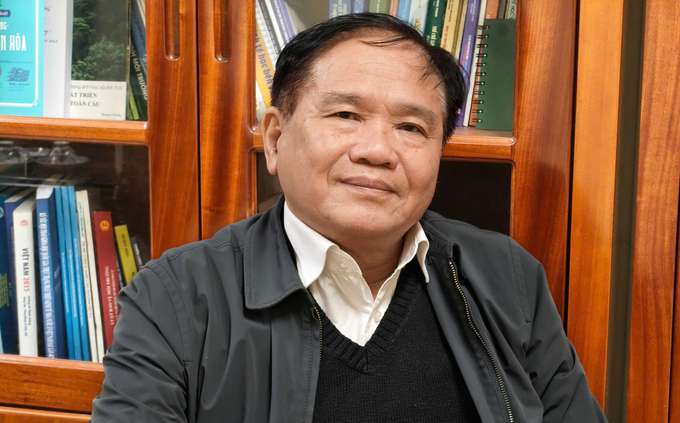
Assoc. Prof. Dr. Nguyen The Chinh, former Director of the Institute of Strategy and Policy on Natural Resources and Environment. Photo: Bao Thang.
The green transformation brings multidimensional benefits to the economy and the environment, making a crucial and effective contribution to sustainable development. As an agricultural country aiming to accelerate its progress toward sustainability goals, Vietnam stands to benefit greatly from having its agricultural sector take the lead in driving the green transition, thereby enhancing the global competitiveness of its products.
Many models have emerged to transition agricultural production systems from brown to green. Notable examples include ecological agriculture, which focuses on maintaining ecosystem balance and increasing the use of biological methods for pest control, soil protection, and water conservation. Some key practices include organic farming, crop rotation, and agroforestry.
Additionally, circular agriculture aims to maximize resource efficiency and minimize environmental pollution by repurposing agricultural byproducts for organic fertilizer, biogas, and waste recycling.
Smart agriculture helps optimize resource use and reduce waste, while conservation agriculture promotes the cultivation of indigenous plant and animal species and the protection of biodiversity-rich areas. These approaches demonstrate how agricultural development can be harmonized with environmental protection.
A noteworthy point is that these models are now attracting interest and investment from various organizations, individuals, localities, and businesses across the country. This suggests that sustainable, eco-friendly production is gradually overcoming challenges such as traditional farming habits, farmer awareness, initial investment costs, technological gaps, and - most critically - the market for green products.
To date, the market for green agricultural products remains limited, making it difficult to secure stable incomes for farmers. This highlights the urgent need to establish supply chains and certification systems for green products to further develop this market.
Overcoming these challenges requires close cooperation among stakeholders, including the government, businesses, research institutions, and farmers. More importantly, policies must be implemented in a coordinated manner, covering financial support services, investment in green technology R&D, training, technical transfer, and market connections.
Another key consideration is that the green transition is often associated with exports or high-value products. However, with a domestic market of 100 million people, the demand for clean pork, vegetables, and other green products is substantial. In major urban areas like Hanoi and Ho Chi Minh City, the daily demand for safe, eco-friendly food is immense. This presents a valuable opportunity for those genuinely committed to green transformation.
The green transition is just one of many efforts to address the overlapping responsibilities in state management between the agriculture and environment sectors.
For a long time, overlapping authority and a lack of policy and operational coordination between the Ministry of Agriculture and Rural Development (MARD) and the Ministry of Natural Resources and Environment (MONRE) have been recognized as barriers, making it difficult to implement a synchronized approach to sustainable agricultural development. This has hindered efforts to improve agricultural productivity and product quality while also protecting natural resources and responding to climate change.
A key example is the differing approaches to land use. While MARD focuses on expanding agricultural land to ensure national food security and meet the growing demand for food domestically and for export, MONRE prioritizes the protection of natural forests, biodiversity conservation, and the maintenance of vital ecosystems. The lack of a unified approach makes it challenging to find optimal solutions that balance economic development and environmental protection.
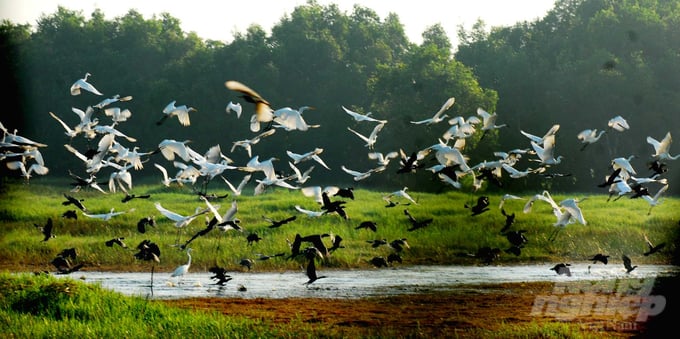
People living around Tram Chim National Park are striving to create areas suitable for the habitat of the sarus crane. Photo: Le Hoang Vu.
Everything will change from March 1, when the Ministry of Agriculture and Environment officially begins operations, addressing longstanding issues and inefficiencies in policy coordination between agriculture and environmental sectors, which are two crucial pillars in Vietnam’s economic and social development strategy. We can be assured that if production develops in the right direction, with proper planning and support to ensure people's livelihoods, such activities will naturally bring environmental benefits.
I have personally participated in research and proposed several issues related to payments for forest environmental services (known internationally as payments for ecosystem services) and found it to be entirely feasible.
Environmental service fees from hydropower companies are partially paid to households engaged in forest cultivation and living in buffer zones, allowing them to focus on forest protection, avoid illegal exploitation, and practice sustainable production within forest areas. As a result, Vietnam will have more “greener” goods, free from deforestation-linked cultivation areas, making it easier to meet increasingly stringent international market requirements, such as the EU Deforestation Regulation (EUDR).
Under the framework of a unified sector, agriculture and environment can also build upon past experiences. For example, the success of payments for forest environmental services can be further expanded when the new Ministry implements payments for wetland environmental services, marine environmental services, or establishes marine protected areas and biosphere reserves across the country.
Vietnam has previously fallen into the "middle-income trap" due to a lack of new ideas and inefficient resource utilization. However, by improving the management of natural resources, we can develop more synchronized policies to resolve past institutional bottlenecks, making agriculture a true national strength and the environment a foundation for sustainable development.
In the near future, farmers may not only sell rice but also earn carbon credits by adopting low-emission farming practices. And perhaps by then, the green transition will no longer be seen as merely a "single-value" concept.
Translated by Kieu Chi
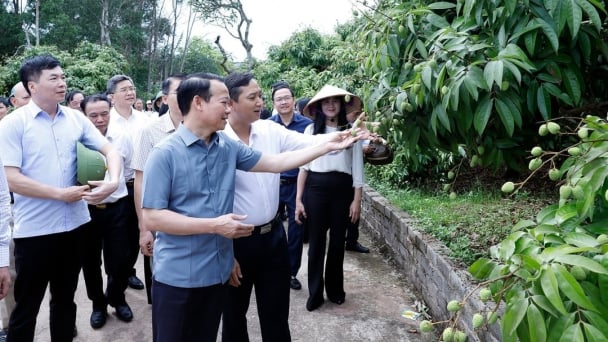
(VAN) Agriculture and environment sector experienced a 3.74% increase in growth during the first four months of 2025, with exports surpassing 21 billion USD. This growth was sustained by effective reforms and a trade surplus.
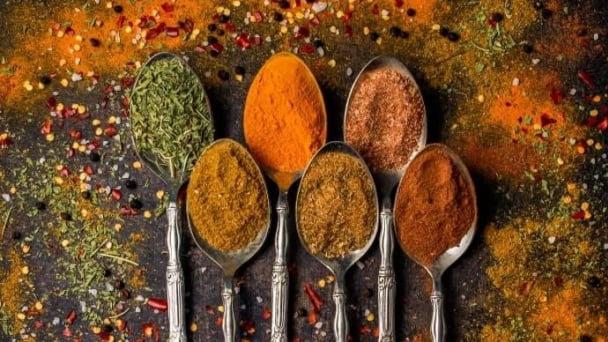
(VAN) Taiwan offers a promising market for Vietnamese turmeric; however, it enforces stringent standards, particularly concerning residual additives, colourants, and substances with potential carcinogenic effects.
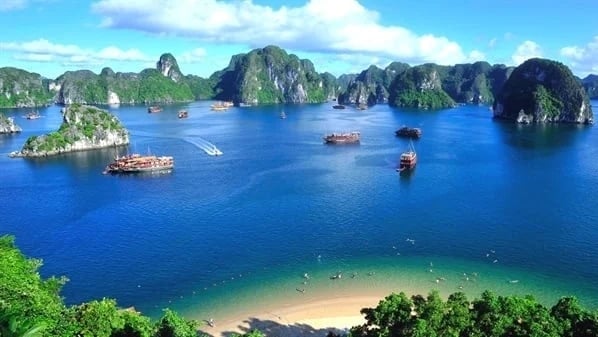
(VAN) Through activities at Vietnam Sea and Island Week 2025, solutions will be developed to fully harness the potential and advantages of Vietnam's marine economy.
![Multi-channel, multi-directional Vietnamese agricultural markets: [4] EVFTA and the 0% tax advantage](https://t.ex-cdn.com/nongnghiepmoitruong.vn/608w/files/linhnhp/2025/05/12/day-chuyen-che-bien-tom-tai-1-nha-may-cua-sao-ta-205536_359-1044193.jpg)
(VAN) The near-complete elimination of import tariffs on Vietnamese goods makes the EVFTA the highest commitment the EU has ever made to a partner in its signed trade agreements.
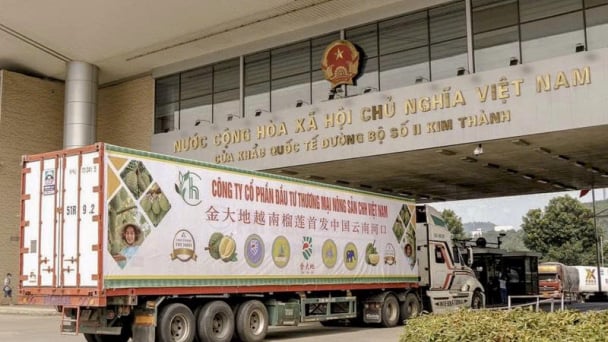
(VAN) Deputy Minister Phung Duc Tien hopes that China will facilitate the entry of Vietnamese agricultural products into its market and accelerate customs clearance at border gates.
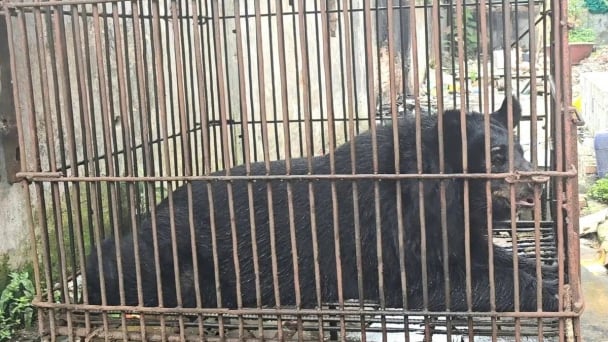
(VAN) On May 10, the Animals Asia Foundation and the Hai Phong Crop Production and Forest Protection Department successfully rescued a nearly 20-year-old sun bear that was being kept by locals.
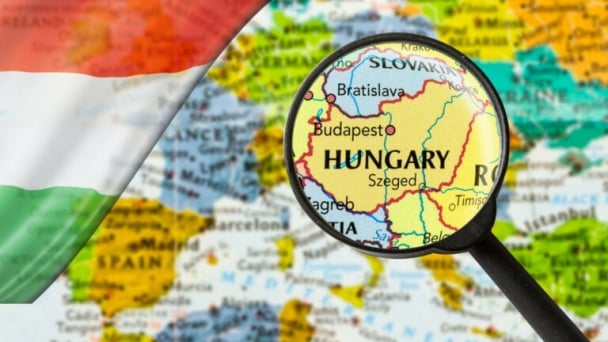
(VAN) Does Hungary have an opportunity to expand poultry production in the coming years despite the pressure from avian influenza and challenges of the trade war?